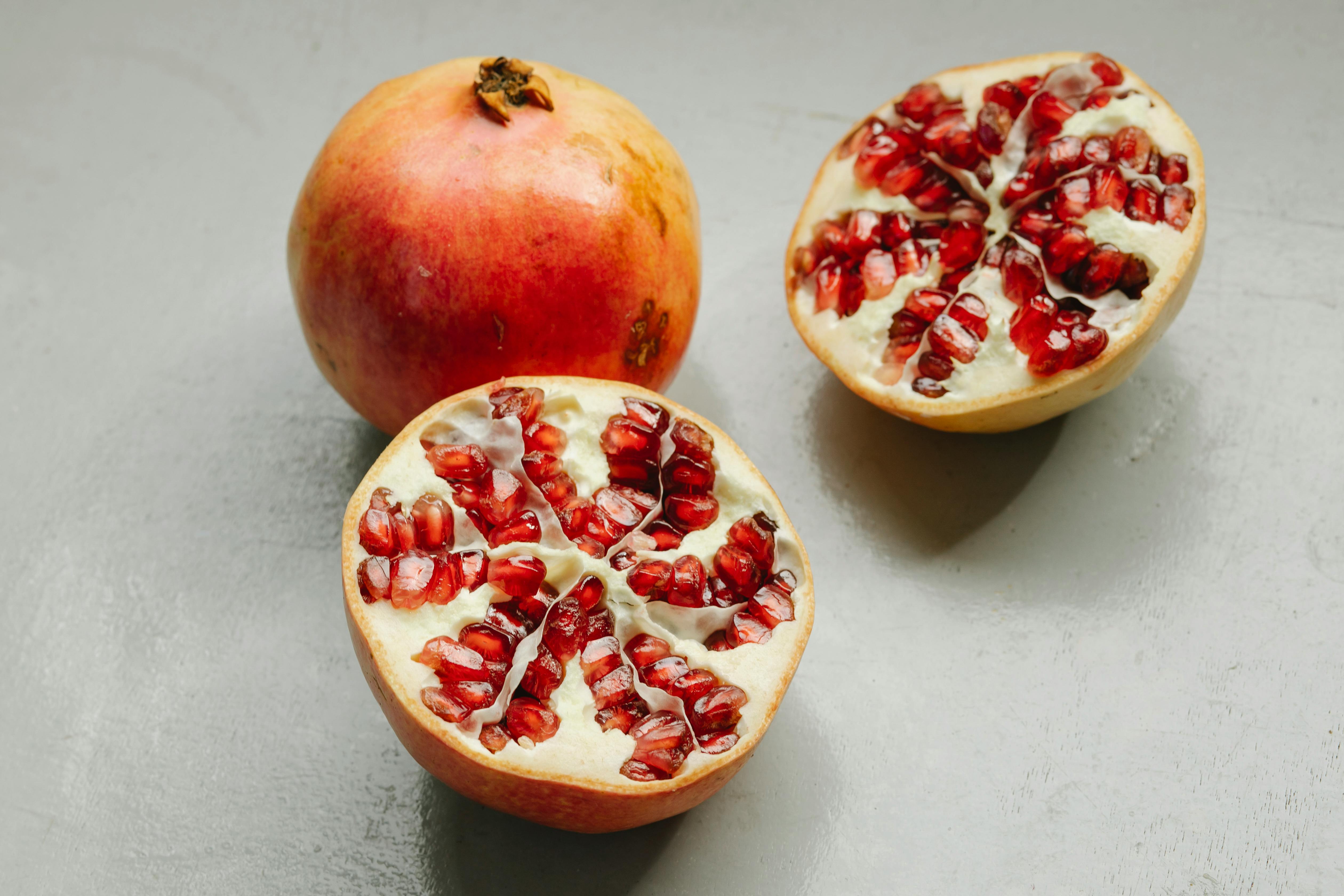Importance of Fiber in Health:
Fiber is very beneficial for health; it is derived from plants mostly in the form of carbohydrates. In this article, I am going to cover the amazing health benefits of fiber.
It is also known as the undigested part of food, as it can’t be broken down by human digestive enzymes. But fiber is considered a very helpful part of the diet as it provides a huge range of benefits to our body, as it helps to prevent various diseases, some of them are constipation, heart disease, diabetes, obesity, gallstones, appendicitis, colon cancer, piles, irritable bowel syndrome, etc.
Fibers are classified into two types: soluble and insoluble fiber.
-
Soluble fibers
Soluble fibers (pectin, gums, mucilage), also known as fermentable fiber, dissolve in water and form a gel-like substance. It is found in grains like oats, barley, and ye, fruits (banana, apple), beans and pulses(baked beans, chickpeas), root vegetablescarrotst and potatoes).
-
Insoluble fibers
Insoluble fibers (cellulose, hemicelluloses, and lignin do not absorb water found in whole wheat, whole bran, nuts, beans, and vegetables such as cauliflower, green beans, and potatoes.
Some plant foods, br, contain both soluble and insoluble fiber.
Fiber is good for gut functioning.
Therareis several bacteria’s live in the gut and are known as gut flora. These microbes have a beneficial effect in reducing blood sugar, weight loss, improving immunity, and boosting brain functioning.
Soluble fibers absorb water and form a gel, and are digested by friendly bacteria and giving us usable nutrients or energy. Feeding friendly bacteria is known as a prebiotic effect. These bacteria lower the level of inflammatory markers.
Fiber helps to keep regular bowel movements and increase the number of good bacteria in the gut, a prevents constipation, irritable bowel disease, and colon cancer.
By absorbing water, er fiber increases the bulk in stool, making it easy to pass, thus it prevents from constipation and other digestive problems.
Fiber keeps the normal bowel mov, increasing the frequency of defecation.
Studies say that increasing fiber intake lowers inflammation, which can be a major cause of obesity.
Inclusion of fiber in the diet helps improve irritable bowel disease, but on the other hand, high doses of bran worsen symptoms like gas and bloating.
Due to its viscosity, fiber increases bulk and makes stool easier to move through the GI tract, promotes gut functioning, and prevents constipation.
Some fibers act as laxatives, like bran and cellulose good proportion of fiber in the diet reduces the risk of constipation, IBS, appendicitis, colon cancer, etc.
Fiber reduces the risk of colon cancer.
Diet in lifestyle lower the level of toxic substances and carcinogens. In transit time, there is less time available for contact between bacteria and carcinogens.
By increasing transit time, there is a minimum contact time available for bacteria and carcinogens. Intestinal transit time decreases with a low fiber diet and increases with a high fiber diet.
Fiber Benefits Weight Loss
Shows beneficial role in weight loss: Soluble fibers dissolve water to form gel-like substances in the gut (viscous fiber such as pectin, beta-glucans, psyllium, glucomannan, and guar gum) which slow down the emptying othe f the stomach and increase the feeling of satiety and lower the appetite, reduce the rate of digestion and absorption of nutrients
Fiber-rich foods take a long time to eat; fibrous fo;d s need more mastication, which increases salivary secretion and makes you feel full.
High fiber foods are low in calories and require more effort in a lower overall intake..
High intake of fiber from gel, which sets in the stomach for a long time, slows the rate of digestion, and the viscosity of soluble fiber slows the passage and delays gastric emptying..
As you know fiber fiber-rich foods are low in calories. By adding these to your diet, you can easily reduce overall calorie intake, a nd they a also more filling.
Fibers increase the bulk and rate of defecation and slow down the absorption of nutrients and alter the process of fermentation in the large intestine.
According to a study published in the Annals of Internal Medicine, adding 30 grams of fiber to your diet can help reduce weight.
Lowers the risk of cardiac diseases
Fiber reduces cholesterol, blood sugar, blood prepressurend constipation found in oats, barley, rice, ye, and fruits.
Well known for its cholesterol-lowering effect, soluble fibers especially reduce LDL (bad cholesterol)and blood pressure, inflammation, as it cannot be digested by the human body’s enzymes and resists absorption in the small intestine, thus it lowers the level of cholesterol in the blood.
Guargum, pectin is well known for its hypocholesterolemic effect. Oat bran is very popular for reducing serum cholesterol, promoted by various food industries.
Reducing serum fibrinogen decreases the risk of clot formation, which leads to heart problems like narrowing of the arteries and myocardial infarction.
Some food rich in fiber, like Rice bran oil, fenugreek, oats, fruits, vegetables, and legumes, in the diet shows benefits for the heart. Oats have beta-glucan, which decreases cholesterol.
Fenugreek seed,,d rich in fat, protein, fiber mucilaginous fiber, has a hypocholesterolemic effect. It reduces blood pressure by increasing calcium, magnesium absorption..
By affecting lipid absorption, it lowers the risk of CHD. Fiber absorbs fatty acids, cholesterol, and bile salts in the digestive tract.
Fibers inhibit the absorption of lipid in the small intestine and are excreted via the large intestine in feces.
Many studies say a high fiber diet helps to lower cholesterol and blood pressure and the risk of heart disease. 25-30 g fiber per day is recommended by the Heart Foundation to keep you healthy.
Helps in diabetesAmong
Helps in diabetes. Among various advantages of fiber, lowering blood sugar is very important and proven by various studies.
Fibers (soluble fiber) decrease the digestion so that carbohydrates and other nutrients take a long time to break down, gradually rrreleaselucose intinto theood, od glucose doesn’t raise too quickly.
According to ADA 25-30 gram dietary fiber recommendation per person per day suffering from diabetes.
25 grams of fiber a day helps to reduce the risk of diabetes as it alters hormonal signals, decreases insulin after meals, increases insulin sensitivity, fiber decreases glucose production from the liver
Insoluble fiber (cellulose and lignin) helps to decrease intestinal transit time, increase bu,lk, and lower glucose absabsorptonslows starch hydrolysis, nd increases peripheral tissue insulin sensitivity. Mucilaginous fiber, which is found in fenugreek seed, delays glucose absorption, lowers blood glucose concentration, and also decreases postprandial glucose concentration and requirement of insulin requirement.
Fiber Supplement and Foods
Some isolated fibers used as supplementation psyllium, guar gum, and dluco m a, are used for weight loss. Taking fiber from a natural source, such as a whole plant food,,d is better and healthier than the supplements available on the market.
Fo..r better health, incorporate fibrous food into your daily diet. Rich sources of fiber are beans, legumes, flaxseed, asparagus, Brussels sprouts, and oats.
You Should Know These Facts while Adding Fiber to Your Diet
- Gradually increase fiber in diet as adding too much fiber may cause some problems like abdominal discomfort, cramps, bloating, etc, as fiber gets fermented by intestinal bacteria.
- Some fibrous foods contain a high amount of phytate content, which is known to reduce calcium, zinc, and iron.
- If you take it in a high amount than the recommendation affects the absorption or availability of vitamins and minerals. Eating bran and the skin of some fruits and plant foods can allow the intake of pesticides and other agricultural chemicals.
- According to the British Nutrition Foundation 1990, because of alterations in gut microbiota, there is a possible chance of developing food intolerance.













Leave a Reply